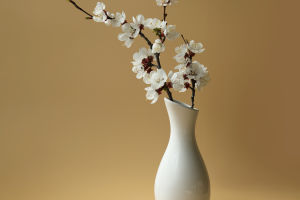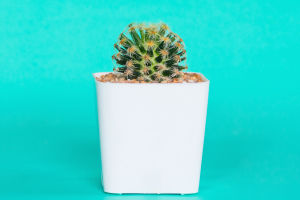Phalaenopsis orchids, commonly known as "moth orchids," are among the most popular and recognizable orchids in the world. With their elegant blooms resembling moths in flight, these flowers are prized for their beauty and longevity
Native to Southeast Asia, they thrive in warm, humid environments, making them a favorite among plant enthusiasts and home decorators alike.
Characteristics
Phalaenopsis orchids boast broad, flat petals and come in various colors, including white, pink, yellow, and purple. The flowers can last for several months, adding a splash of color to any space. Their leaves are typically thick and waxy, helping the plant retain moisture. The blooms appear on long, arching spikes that can produce multiple flowers simultaneously, creating a stunning visual display.
Growing Conditions for Phalaenopsis Orchids
To successfully cultivate Phalaenopsis orchids, understanding their specific growing conditions is crucial. Here’s a detailed look at the key factors that contribute to their health and blooming potential:
1. Light
Phalaenopsis orchids thrive in bright, indirect light. Here are some important tips regarding lighting:
Optimal Placement: Place your orchid near an east or west-facing window, where it can receive filtered sunlight. If you're using a south-facing window, consider using sheer curtains to diffuse the light, preventing the leaves from scorching.
Signs of Inadequate Light: If your orchid's leaves turn yellow or the plant stretches toward the light source, it may not be receiving enough light. Conversely, dark green leaves may indicate excessive shade.
Adjusting Light Levels: During winter months when natural light is limited, consider using grow lights to supplement their light needs. Aim for 12-14 hours of light daily for optimal growth.
2. Temperature
Temperature plays a significant role in the health of Phalaenopsis orchids:
Day and Night Range: Ideally, maintain daytime temperatures between 70°F and 80°F (21°C to 27°C) and nighttime temperatures around 60°F to 70°F (16°C to 21°C). This temperature fluctuation helps mimic their natural habitat and promotes blooming.
Seasonal Variations: During the summer, be mindful of extreme heat. Ensure good air circulation around the plant to prevent overheating. In winter, avoid placing your orchids near drafts or heating vents, as rapid temperature changes can stress the plant.
3. Humidity
Phalaenopsis orchids thrive in a humid environment:
Ideal Humidity Levels: Aim for humidity levels between 50% and 70%. Low humidity can lead to shriveling leaves and poor blooming.
Increasing Humidity: To boost humidity, consider these methods:
Misting: Lightly mist the leaves with water a few times a week, especially during dry winter months.
Humidity Trays: Place your orchid pot on a tray filled with pebbles and water, ensuring the pot isn't sitting directly in the water. As the water evaporates, it will increase the humidity around the plant.
Room Humidifiers: Using a room humidifier can be an effective way to maintain consistent humidity levels, especially in arid climates.
4. Air Circulation
Good air circulation is vital for the health of Phalaenopsis orchids:
Preventing Stagnation: Stagnant air can lead to fungal diseases and other issues. Positioning the orchid in a well-ventilated area helps keep the leaves dry and healthy.
Using Fans: In indoor settings, using a small oscillating fan can help improve airflow. Just ensure it’s not blowing directly on the orchid, as this can cause leaf damage.
5. Potting Medium
Choosing the right potting medium is essential for successful growth:
Well-Draining Mix: Phalaenopsis orchids do best in a potting medium that allows for excellent drainage. A mix that includes bark, sphagnum moss, and perlite or coconut coir can provide the necessary aeration and moisture retention.
Repotting: Regularly check the potting medium for signs of degradation. Repotting every one to two years helps maintain healthy root conditions.
Watering and Feeding
Phalaenopsis orchids should be watered thoroughly but allowed to dry slightly between waterings. Overwatering can lead to root rot, so it's essential to check the potting medium's moisture level. Fertilize the plant with a balanced orchid fertilizer every two weeks during the growing season (spring and summer) and reduce feeding in the fall and winter.
Repotting
Repotting should be done every one to two years or when the potting medium breaks down. Use a well-draining orchid mix, which typically includes bark, charcoal, and perlite. Carefully remove the orchid from its pot, trim any dead roots, and place it in fresh medium, ensuring the roots are well-positioned.
So, Lykkers, phalaenopsis orchids are not only stunning additions to any home but also relatively easy to care for. With proper attention to light, temperature, and watering, these beautiful flowers can thrive and bloom for years. Whether you're a novice or an experienced gardener, incorporating Phalaenopsis orchids into your plant collection can bring joy and elegance to your living space. Their unique beauty and resilience make them a favorite among flower lovers everywhere.


